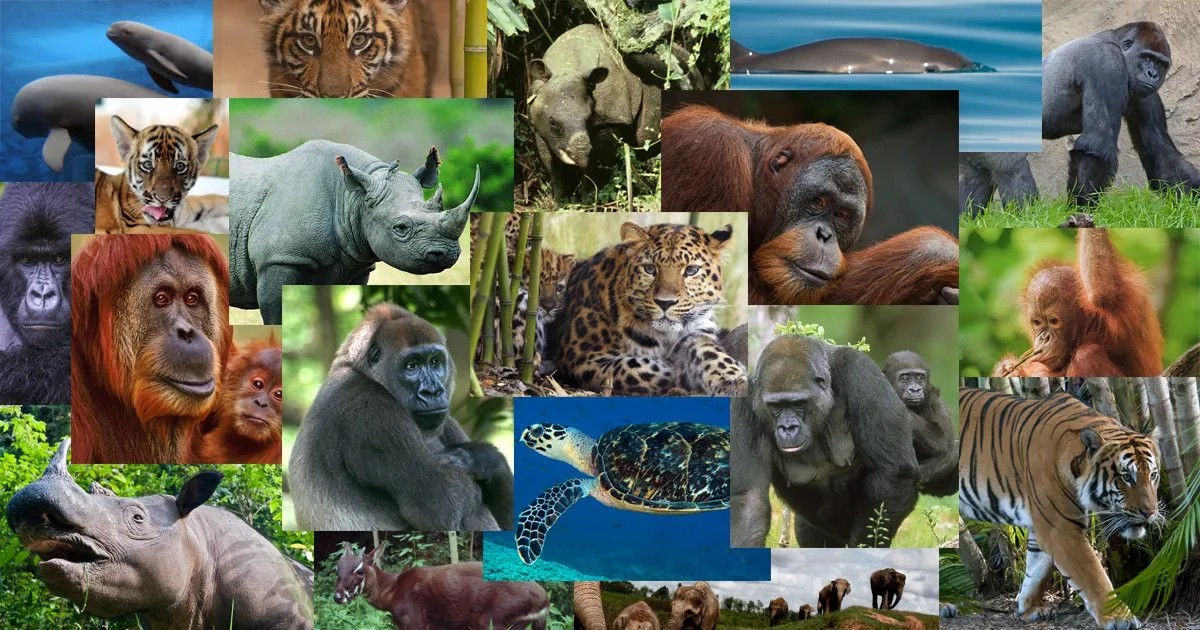Humans have long been fascinated by the idea of communicating with animals. While we may not share a common spoken language, animals communicate through a complex system of vocalizations, body language, and even chemical signals. Deciphering these communication methods has been a subject of ongoing research, leading to a deeper understanding of the diverse ways in which tiere wissen interact with one another and with us.
The Complexity of Animal Communication: Communication among animals serves various purposes, including mating, establishing dominance, warning of danger, and coordinating group activities such as hunting or migration. What’s fascinating is the sheer diversity of methods animals employ to convey messages.
- Vocalizations:
- Many animals, such as birds, mammals, and even some insects, use vocalizations to communicate. These can range from simple calls to elaborate songs. For instance, the melodic chirping of birds isn’t merely random noise; it often serves to attract mates or defend territory. Similarly, the complex vocalizations of whales and dolphins are thought to convey intricate messages within their pods.
- Body Language:
- Body language is another crucial aspect of animal communication. Postures, gestures, and facial expressions can all convey specific meanings. For instance, a dog wagging its tail may indicate excitement or friendliness, while flattened ears and a lowered posture might signal fear or submission. Primates, such as chimpanzees and gorillas, also rely heavily on body language to express emotions and establish social hierarchies.
- Chemical Signals:
- In addition to vocal and visual cues, many animals use chemical signals to communicate. These can include pheromones, which are chemical substances emitted by one individual to elicit a response from another. Pheromones play a vital role in mating behavior, territory marking, and even social bonding among certain species.
The Role of Research: Scientists have made significant strides in decoding the language of animals, thanks to advancements in technology and research methods. Techniques such as bioacoustics, which involve the analysis of animal sounds, and behavioral studies have provided valuable insights into the intricacies of animal communication. Additionally, advances in genetic analysis have shed light on the role of chemical signals in animal behavior.
Implications for Conservation and Understanding: Understanding the language of animals not only enriches our knowledge of the natural world but also has practical implications for conservation efforts and animal welfare. By deciphering the signals animals use to communicate, researchers can better understand their needs, behaviors, and social structures. This knowledge can inform conservation strategies aimed at protecting endangered species and preserving their habitats.
Furthermore, recognizing and respecting the communication methods of animals can enhance our interactions with them in various settings, including domesticated pets, captive animals in zoos or aquariums, and wild animals in their natural habitats. By learning to interpret their vocalizations, body language, and chemical signals, we can forge deeper connections with the animals we share our planet with.
